The project
This project was created during the DensityDesign Final Synthesis Design Studio course of the Master's Degree in Communication Design at the Polytechnic University of Milan.
It is based upon a research activity carried out during the same course, which revolved around the relationship between the issue of greenwashing and the automotive sector, for which a printed report was made. Considering how broad these two subjects are, it focused on analysing possible different communication strategies that adverts published by car brands on YouTube share with each other. The aim of this website is thus to reveal them in a de-contextualised and straightforward manner.
In fact, these strategies could be interpreted both as “subtle” greenwashing and as typical advertising efforts, and since they're often mixed together, they're hard to recognise and categorise. Thus, they could be leveraged by car brands not to just persuade people into buying a new model, but to also promote a cleaner image of both themselves and their products.
Therefore, car owners, potential customers or—more simply—individuals interested in subjects like mobility or energy transition can examine this content with a critical perspective, reflect on, or just form their opinion on it.
How did we select the adverts?
We analysed the adverts published before the end of the second financial quarter of 2021 of 30 petrol (a.k.a. internal combustion engine or ICE), 30 hybrid (a.k.a. hybrid electric or HE) and 30 electric (a.k.a. battery electric or BE) models—for a total of 90 different vehicles.
The models were selected starting from a ranking of all the ones sold in Europe in 2021 by number of sales, published in an article written by Bart Demandt.
To have a comparable set of advertisements from the get-go, we considered only the brands that had a global or a European channel on YouTube at the time. Not only that, we decided to limit the adverts to just passenger vehicles (therefore no big vans like the Ford Transit were included).
To make up for the limited number of adverts, and include as many brands as possible, we followed these two arbitrary rules:
-
Limit the number of petrol and hybrid models to a maximum of three for each brand
-
Limit the number of electric vehicles to a maximum of two for each brand
So, we went through the ranking from the top and checked iteratively what kinds of engines were available at the time; then, for each version, we checked whether there were any adverts available on one of the global/European channels. This made it possible to include multiple versions of the same models, and at the same time exclude content that followed other kinds of formats (like vlogs or premieres).
How did we identify the strategies?
After having defined a list of videos, we analysed them one by one, and compiled a storyboard for each one of them. Therefore, for each sequence, we described the visual, audio and textual content and compared them. Thus, we clustered them by similarity and gave each resulting cluster an identification name. This way, we listed them by how many times they appeared and selected just those that featured aspects that could be related to the topics of climate change or greenwashing. Therefore, some specific properties for each strategy were defined, starting from their descriptions, and finally, specific design techniques were applied to manipulate the original videos to highlight their characteristics.
This strategy can be usually found in shots that focus on the vehicles by themselves. It is related to the way in which the surroundings are presented. More particularly, they are often stereotypical or de-anthropised environments that range from natural, wild and adventurous landscapes (with the vehicles perfectly integrated as a part of them), to glossy, futuristic or urbanised settings. They are also almost always devoid of people.
These environments could be leveraged by car brands to associate their vehicles to some or all of their qualities, thus implicitly promoting them as less impactful and detaching them from the contexts in which they are used.
The supercut showcases the different surrounding environments that we found in the analysed adverts, starting from the wildest one to the most urbanised, to highlight recurrent patterns and cliches. The cars were removed from the clips to help the viewer focus their eyes on them.
To make it, we categorised all the environments that appeared in the selected videos based on a series of descriptive tags.
Starting from there, we defined a composition to follow in the montage (desert, snow, mountains, lush forests, bridges, cities by day, cities by night, and finally places featuring strong or flickering lights). So, we cut and hand-picked the clips that better represented these scenarios with Adobe Premiere, and then brought the resulting montage over to Adobe After Effects, where we used the "content fill" option to mask the cars with the surrounding environments.
This strategy can be usually found in single shots or in a sequence of them, either from the visuals or the audio. It is related to the characters present in the adverts, who either showcase their efforts to live more sustainably (like consuming responsibly), or just carry out activities somewhat related to nature and sustainability (like camping, hiking, etc.).
These references could be leveraged by car brands to distance themselves from taking responsibility for their footprint, and thus redirecting it towards the customers, or also highlighting how the advertised vehicles can be a means to “greenify” one's lifestyle.
This supercut showcases the various role models and people that perform as characters in the adverts, and more specifically how their actions and habits—like consuming responsibly, camping, hiking, etc.—are somehow linked to some extent to the advertised vehicle.
To make it, we categorised the videos in which one or more of the featured characters are linked to some level to the idea of sustainability, either verbally or visually. Then, we specified what stereotypes or activities they enact with a series of descriptive tags.
Starting from there, we defined a composition to follow in the montage: from people engaging in outdoor activities while being surrounded in nature to influencers who talk about living sustainably. So, we cut and collected short and representative segments from these videos with Adobe Premiere. Then, we merged and exported them to form a supercut, which was then edited in After Effects, through which we placed a green bounding box to highlight the various characters.
This strategy can be usually found in a sequence of two or more shots which are usually close by or directly one after the other. It is related to the way in which a common rhetorical technique—the metaphor—is used. More particularly, metaphors that link characteristics of the advertised vehicles to nature—from animals to natural phenomena—or sports or leisure activities carried out in nature.
These metaphors could be leveraged by car brands to associate their vehicles—typically quite distant from the concept of “green”—to nature and its qualities, thus detaching them from the contexts in which they are used.
This supercut showcases the metaphors that appear in the analysed adverts to associate the characteristics of the advertised vehicles to nature or sports or leisure activities carried out in nature. To highlight the two parts of the comparisons, the video is made up by two synchronised series of clips, which start from those that link the cars to wilderness to daring outdoor activities.
To make it, we categorised the videos featuring cars which are compared either to boisterous elements of nature or adventurous activities.
So, we decided to put the two parts of these metaphors side by side on the left, the evocative reference, and on the right, the cars. This was done with Adobe Premiere, which helped to match the timing so that they would be played simultaneously and in the same time-frame.
This strategy can be usually found in single shots or in a sequence of them, from the textual content. It is related to the way in which emissions and consumption statements are placed in the adverts. These are generally quite long paragraphs of text that are put in small areas of the shots, either with or without darkened backgrounds, and mostly for a brief time-frame.
These statements could be leveraged by car brands to highlight their environmental credentials by stressing the fact that they're respecting emissions standards.
This video collage showcases the different regulatory statements that are featured in the advertisements in multiple batches. We cut out the portions that contain them, assembled multiple scenes, and retained the time they stay on screen to highlight recurring approaches and highlight the exceptions to the rule. This last aspect is stressed by including not just the original screen times, but also the quantity of words that they got and an estimated, average time needed to read them.
To make it, we selected the videos containing these statements, and collected representative screenshots of each one of them. So, we grabbed the text with OCR and calculated the quantity of words that they contain. Finally, we measured how much time these statements stay on screen and the estimated, average time that it could take to read them with Read-o-Meter and The Read Time.
So, from there, we decided to use Adobe After Effects to start the video with just one clip of a shot that includes a statement at the bottom of the frame, coupled with a timer that indicates the original available screen time in the top-right corner, followed by a green box that highlights the content that needs to be read. Then, the shot moves up in the frame, leaving only the portion that contains the statement, and thus, space that is filled by other cut-out clips featuring regulatory statements, one below each other. Therefore, on the right side of each clip, the available screen time to read, the word count, and the average time needed to read indicated to show how many of the adverts—on top of making them small—don't give enough time to actually read them.
Credits

Andrea Benedetto
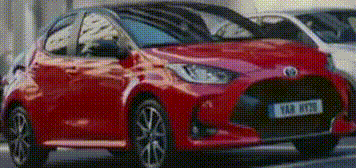
Simone Cerea
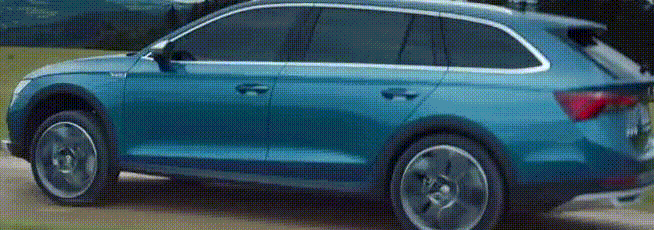
Camilla Guerci
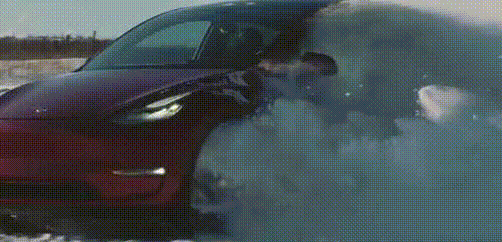
Surabhi Gupta
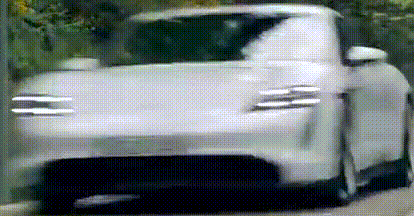
Haleh Nobar

Alessandro Pedriali
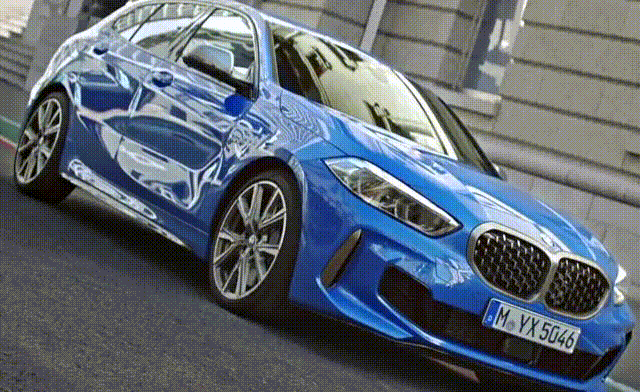
Yousef Taffal